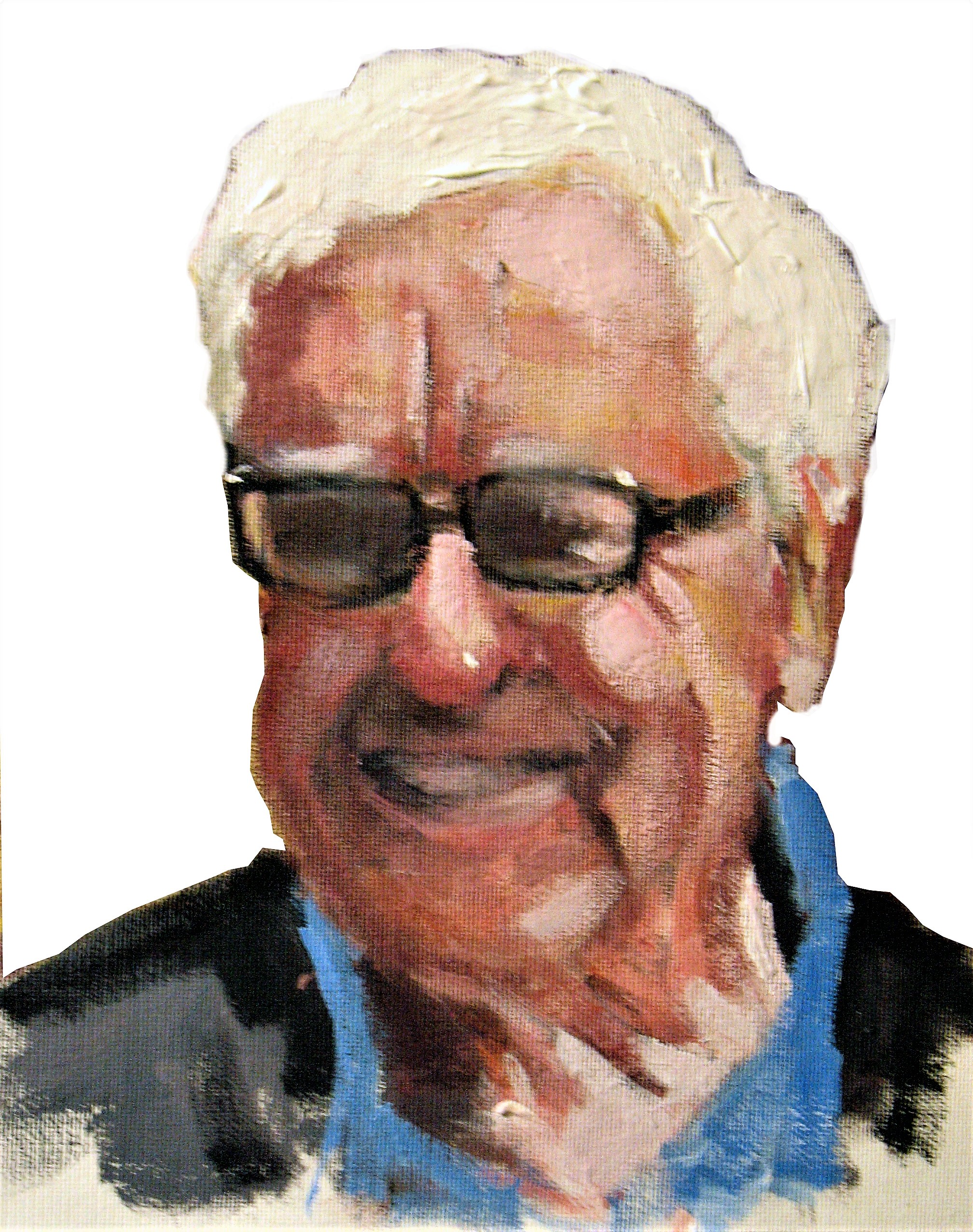THE PORTRAIT VOCATION
The Portrait Vocation
Portraiture, unlike most other painting genres, is very unforgiving! During our combined painting demonstrations every year, dear friend and portrait artist Gerhard Ritter reminds us that compared to landscape artists, portrait artists have it tough. Some friendly banter usually ensues at this stage, but of course it's true!
There are different styles of portraiture from broad impressionism to realism, but if they don't represent the likeness of the sitter, then they have failed. It's a tough world in which almost catching a likeness just doesn't cut it.
There aren't many casual portrait artists that are good at it. The stand-outs tend to be passionate about it all, and I would go far as to say, it's more of a vocation than any other painting genre. They are expert observers of the human face - they never stop looking at faces and they wish they could stop every interesting one they see on their daily travels. They see human faces in portrait format without even thinking about it, and they sense deep loss when a fleeting potential masterpiece of a face passes them by, but they also triumph in finding the most interesting faces and characters.
Oils are the preferred medium for portraits, but amazingly some artist are successful in watercolour, acrylic and pastel. Almost all of the processes that these artists use have a degree of mystery about them, and often, the likeness appears in the very last part of the painting. A likeness that is obtained too early can be hard to get back.
Portraiture is an old tradition and I remember seeing my first Rembrandt at the Walker Gallery in Liverpool as a young teenager. I can still feel the impact of those dark backgrounds contrasted with the light and shadows of the faces. He was a true master.
There are many portrait masters living today, but compared to the millions in the world that claim to be artists, there are but a few.
Thankfully, good portrait painting doesn't mean it has to be photographic or perfect. However, it does need two things at least. First, and importantly, is the likeness, then there is character.
Every portrait artist talks about capturing the character of the sitter. Recently, during a portrait event three artists revealed their works of the same sitter. Each of them spoke about the importance of capturing the essence of the person being painted. All three paintings were well done, but just one had a likeness of the physical and the character of the person.
There is a spark in good portraiture that goes missing in the ordinary. It is a spark that painters of all persuasions and genres love to attain, but don't always achieve it. Portrait painting, like other painting, is not about photographic detail, it's about catching the essence of a person or place. If we can translate that into a painting we have everything!
Mike Barr
Caption: A quick, unsophisticated acrylic sketch of former President of the Royal South Australian Society of Arts, James Raggatt. I'm not a portrait artist, but was lucky with this one as it did capture James's likeness and infectious smile. December 2008.
